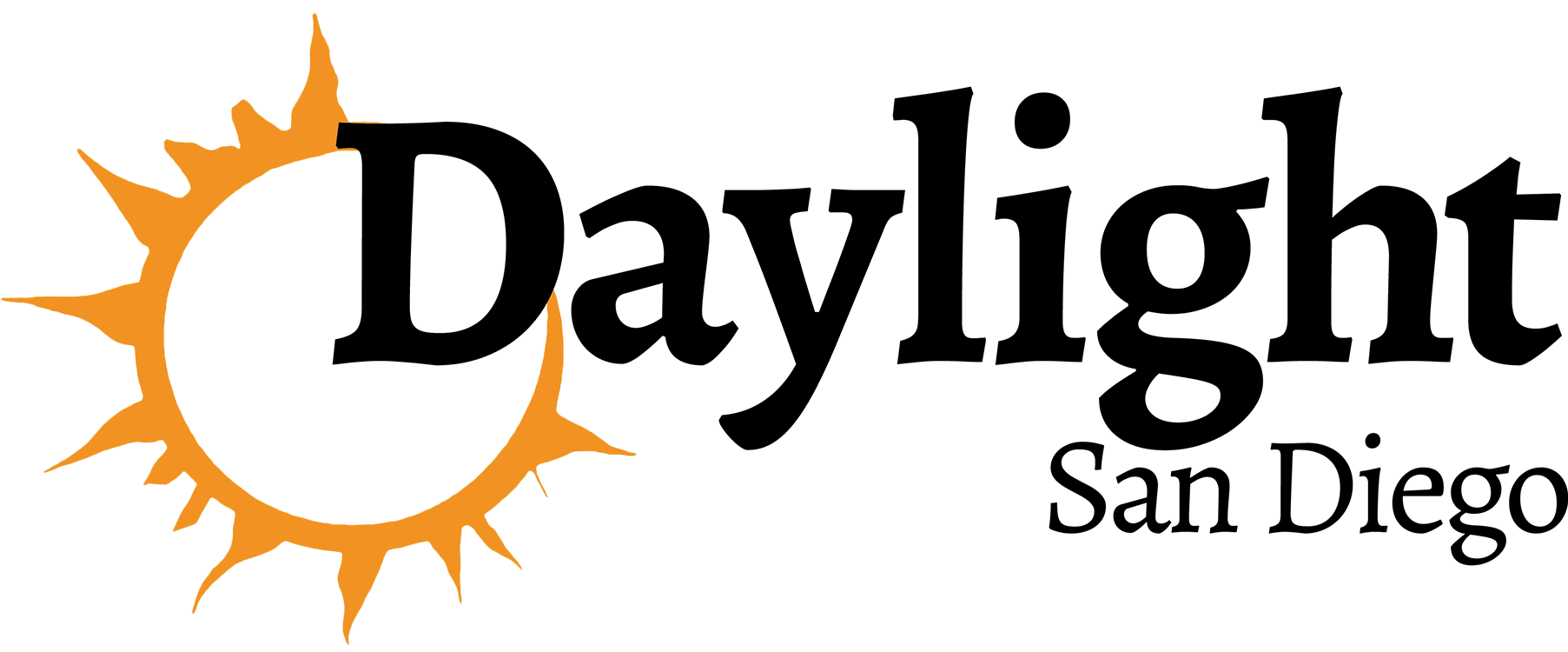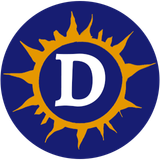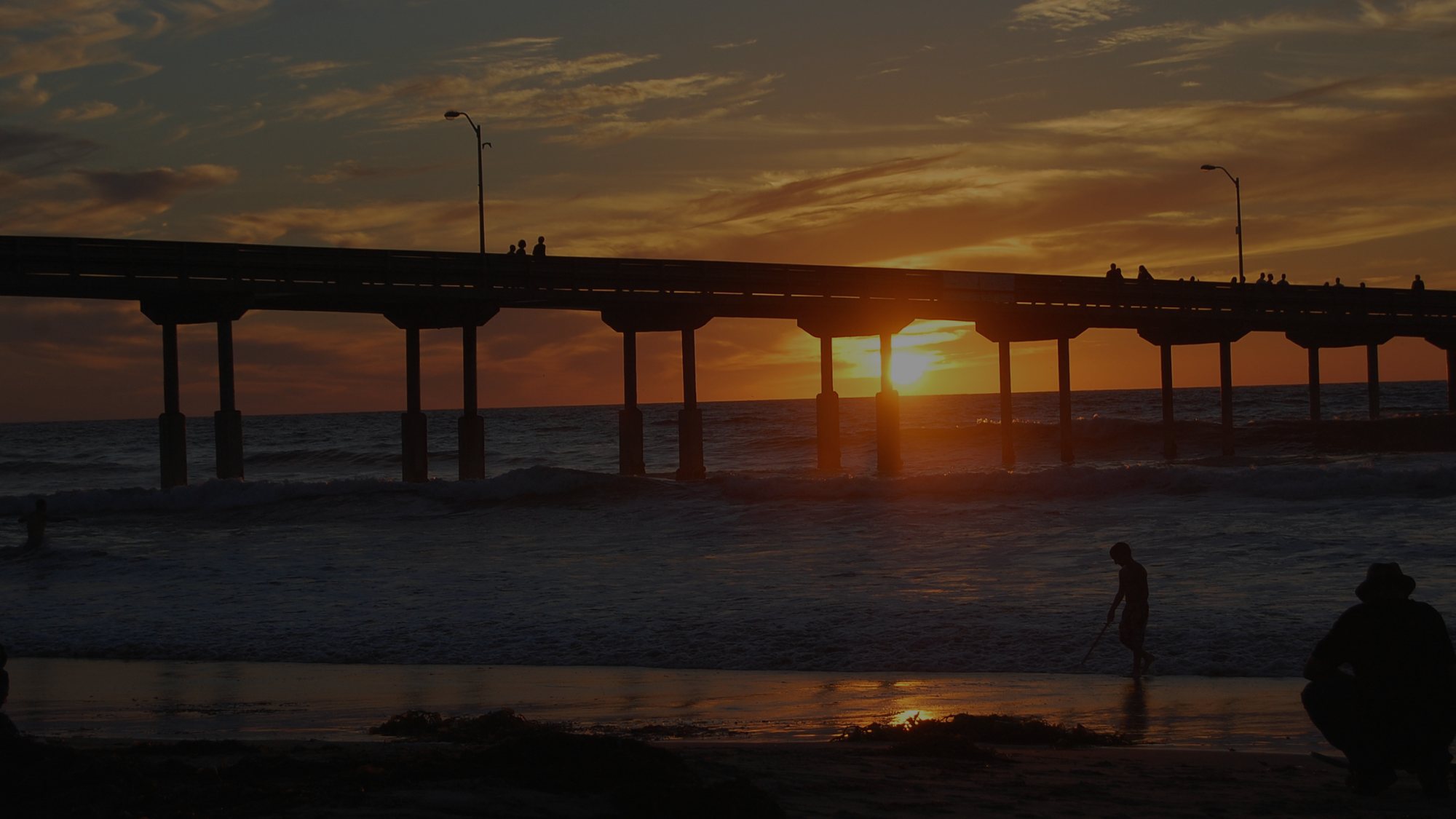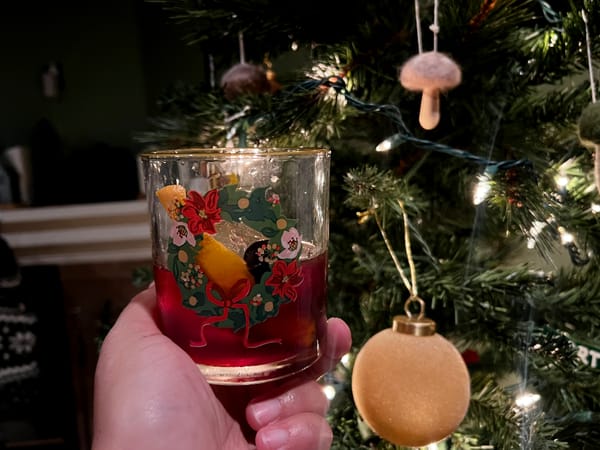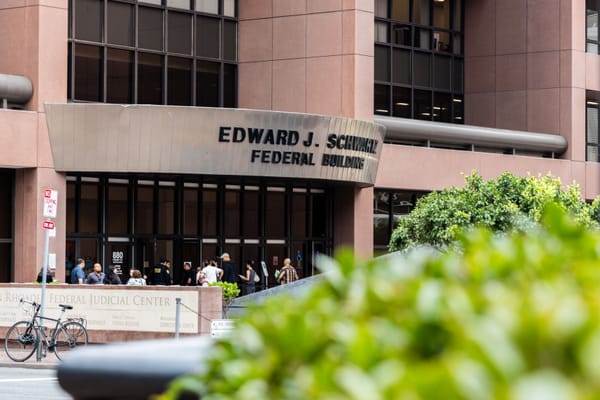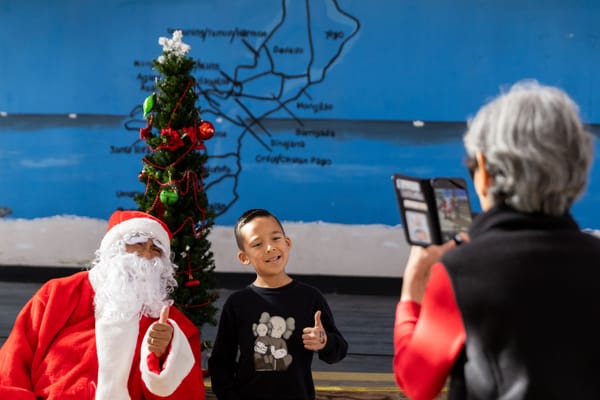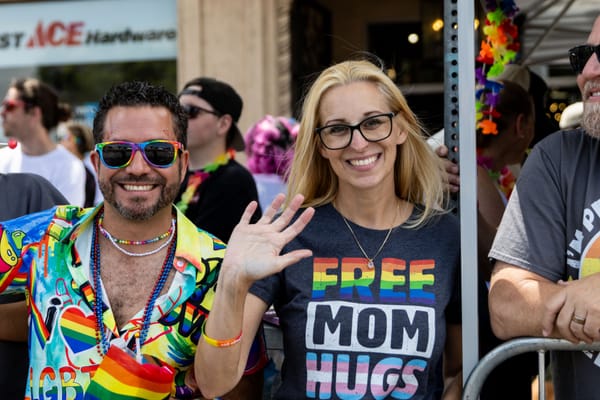CSU San Marcos to open new Native student center this fall
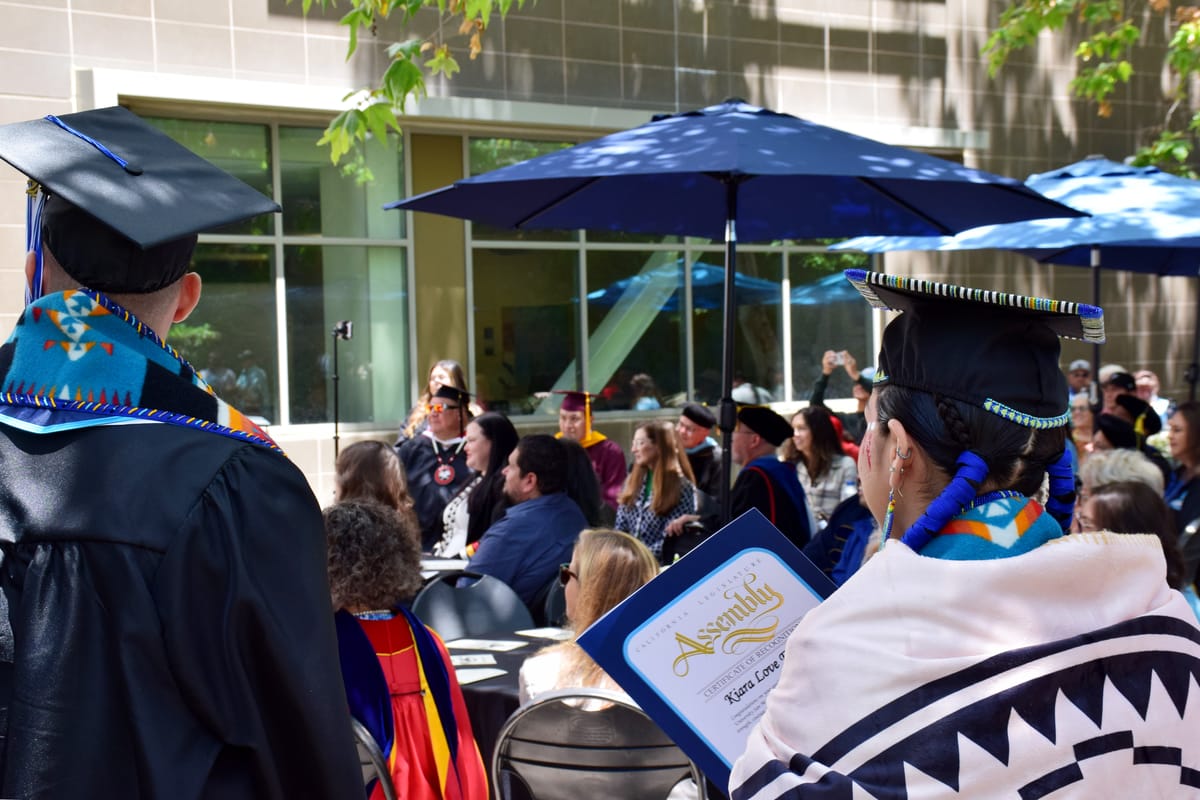
Leaders of the new space hope to deepen culturally grounded support for Indigenous students while expanding connections across campus.
Written by Lauren J. Mapp, Edited by Kate Morrissey
Wearing beaded mortarboards and moccasins, 11 students celebrated the culmination of their educational journeys at the Indigenous and American Indian Studies graduation at California State University San Marcos this spring.
Faculty draped stoles made from Pendleton wool and Eighth Generation blankets — both designed with Native motifs — on graduating students. Meanwhile professors and family members gifted eagle feathers to some graduates to honor their accomplishments.
Held just outside the campus’ California Indian Culture and Sovereignty Center on May 16, the ceremony honored both academic achievement and cultural identity.
As meaningful as the graduation was, it marked just one milestone in a much longer journey in which students receive support from faculty and one another at the research center.
Nationally, only 37 percent of Native students graduate from public four-year colleges within six years, according to the American Indian College Fund. Research shows institutional support — including peer and faculty mentorship — helps students better transition into college life.
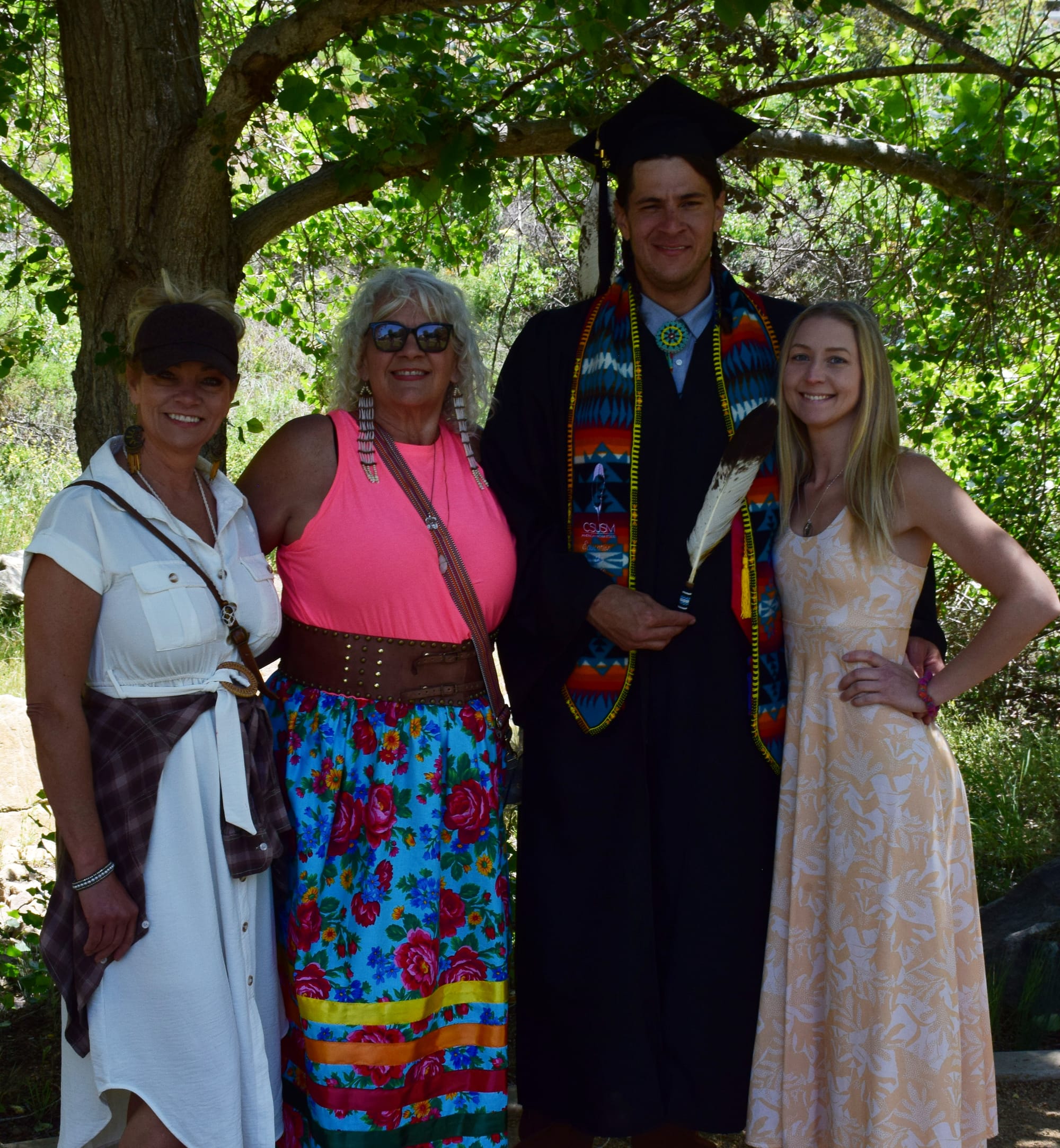
Graduating senior Justin Littledeer from the Cherokee Nation of Oklahoma said that being a Native student on campus often means straddling two worlds, one of academic rigor and another grounded in long-standing cultural traditions. Receiving additional support resources helped him find balance.
“The university system isn't really designed for us, but places like (the research center) and student centers make it a lot easier,” he said.
This fall, Indigenous students will gain another gathering place on campus, the new American Indian Student Center in the University Student Union. The center will host everything from casual hangouts to meetings of the American Indian Student Alliance, placing students in community with other cultural and identity centers including the LGBTQ+ Pride Center, Women & Gender Equity Center, Black Student Center and Latinx Center.
“We love it because that will give them visibility amongst the other students in the student union,” said Joely Proudfit, who is Payómkawichum (Luiseño) and Tongva. She chairs the American Indian Studies Department and is director of the California Indian Culture and Sovereignty Center, an institution focused on Native research.
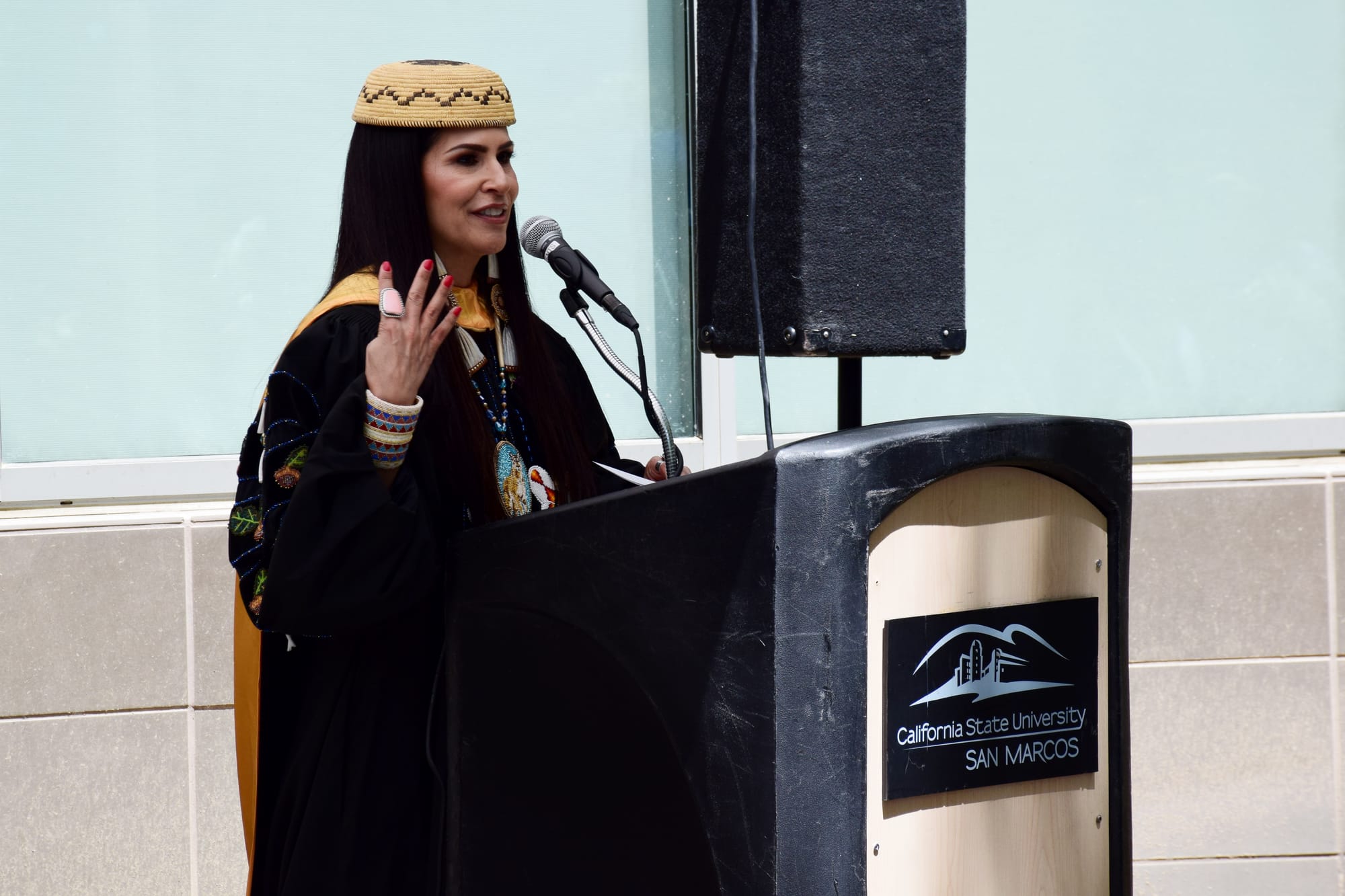
American Indian Studies lecturer Kenny Dyer-Redner, a member of the Fallon Paiute Shoshone tribe in Northern Nevada, said support can make or break a student’s success.
“It's not just about the schoolwork and getting good grades. Part of it is finding your community within a larger university that helps people be successful,” Dyer-Redner said.
The student center will become the new hangout spot for Native students, but Proudfit said they will maintain their research projects at the California Indian Culture and Sovereignty Center, and faculty will continue to support them from the institute.
Tommy Devers was hired in February to oversee the new student center as the American Indian Student Center assistant director. The Pauma Band of Luiseño Indians tribal member earned both his bachelor’s degree in communication and master’s degree in sociological practice from CSU San Marcos in 2009 and 2012, respectively.
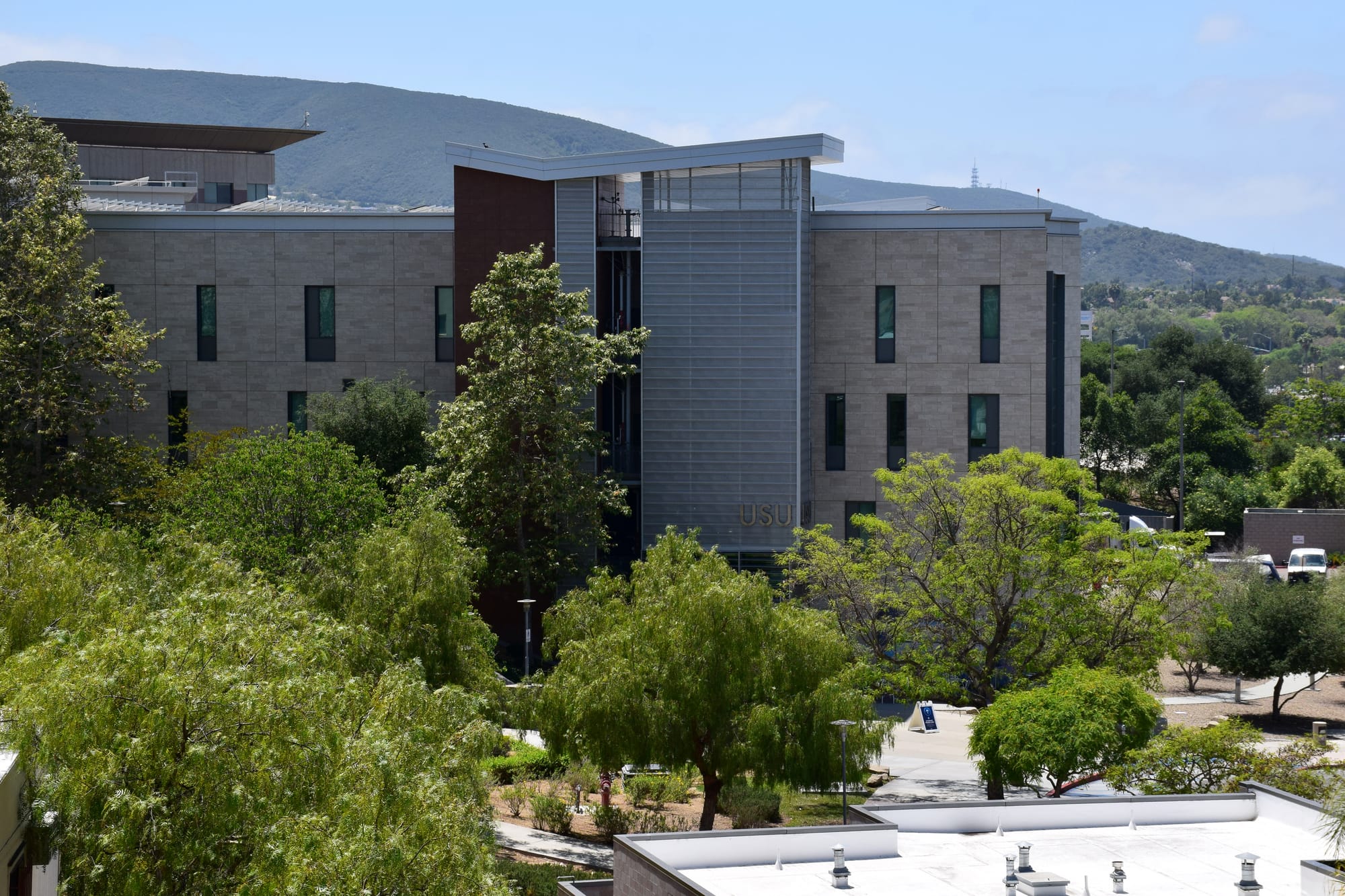
In his first semester back on campus, Devers focused on understanding how students engage with campus resources and what additional support the student center should provide. Over the upcoming academic year, he plans to better engage with students and the local tribal community to improve recruitment, retention and graduation rates of Indigenous students through workshops and other programming.
“In the first year, it's definitely going to be trying certain things. Maybe it won't work, maybe it will,” Devers said. “We're trying to create a culture of understanding and thankfulness.”
Littledeer said he and other Indigenous students pushed for a dedicated student center for years. Although he’s now preparing for the law school application process, he’s proud to see the vision realized.
“It's cool to see the fruit of that labor come to be and so Native students will have a presence in the USU with all the other students next semester,” the 37-year-old said. “I'm excited to see what they do with everything in the future, and I'm glad I got to be a part of it while I was here.”
A culture of support
A sense of belonging has long been nurtured by faculty from the American Indian Studies Department, even without having a student center.
On an afternoon before the graduation in early May, students filtered through the research center between classes.
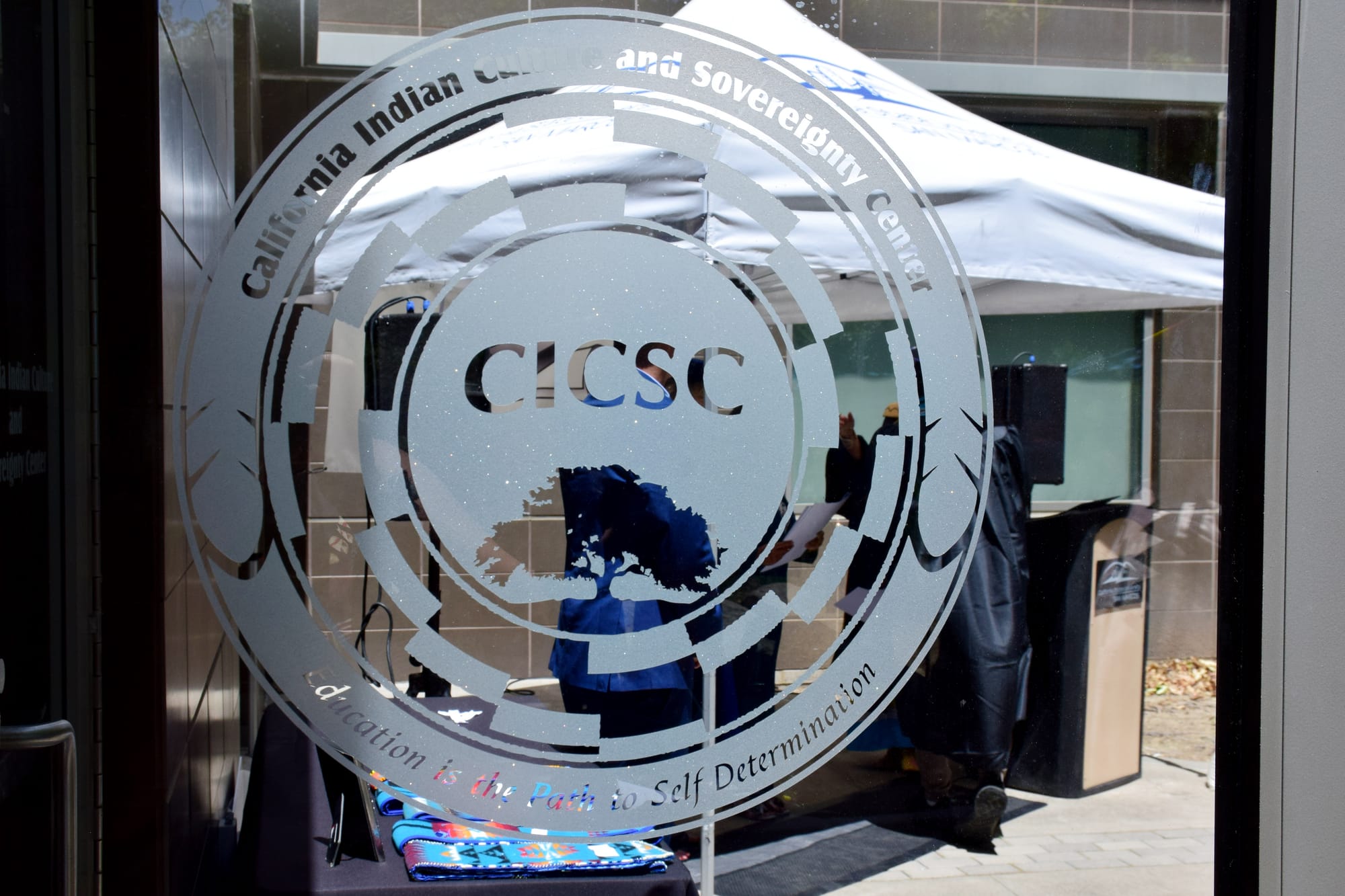
One student napped before their next class while others snacked on a plate of cheese and crackers and discussed plans for graduation. A sewing machine sat on a boardroom table, used in recent ribbon skirt workshops and left idle between rounds of crafting graduation stoles.
Since it opened in 2011, the California Indian Culture and Sovereignty Center has served as a home base for collaborative tribal community research and a second home for Native students, Devers said.
Students study there, relax with friends and gather before weekly powwow dancing and drumming sessions in the nearby quad.
For students like Littledeer, who graduated in May with a degree in political science and an American Indian Studies minor, the center played a grounding role.
“It helps me feel closer to home to be around like-minded students, to get involved on campus,” the U.S. Marine Corps veteran said.
Kiara Flores, who graduated this spring, said attending CSU San Marcos was a natural fit. As a Kuupangaxwichem (Pala Band of Luiseño Mission Indians) descendent, she appreciated being close to her reservation, and the cultural competency of her professors helped bridge her academic and tribal identities.
“Having professors that understand what goes on culturally in your background, being able to reflect that in your school life as well, it makes it a lot easier when you have to live your own cultural life,” Flores said.
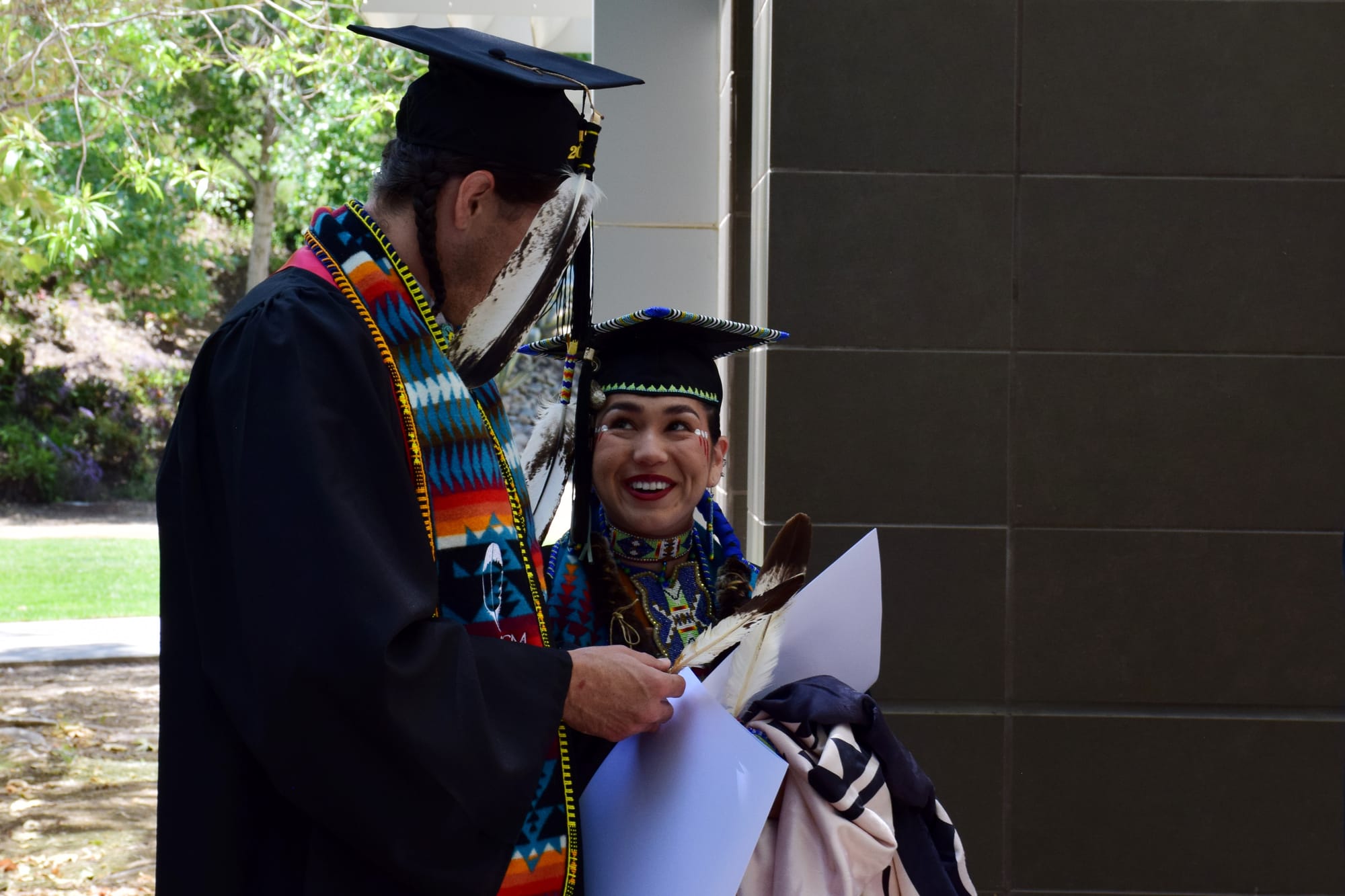
Miah Anderson, Diné (Navajo Nation), is majoring in human development with a concentration in counseling services. She’ll return to campus this fall for her final year.
Unlike some of her peers, Anderson came to campus already familiar with California Indian Culture and Sovereignty Center because her mom and brothers had already attended CSU San Marcos. As a student worker at the research center, she said its support has been key to her growth.
“I've always kind of had a hard time with feeling like an outsider, especially in high school,” Anderson said. “Coming here, I feel like I've found a community and a second family, and it has done wonders for me.”
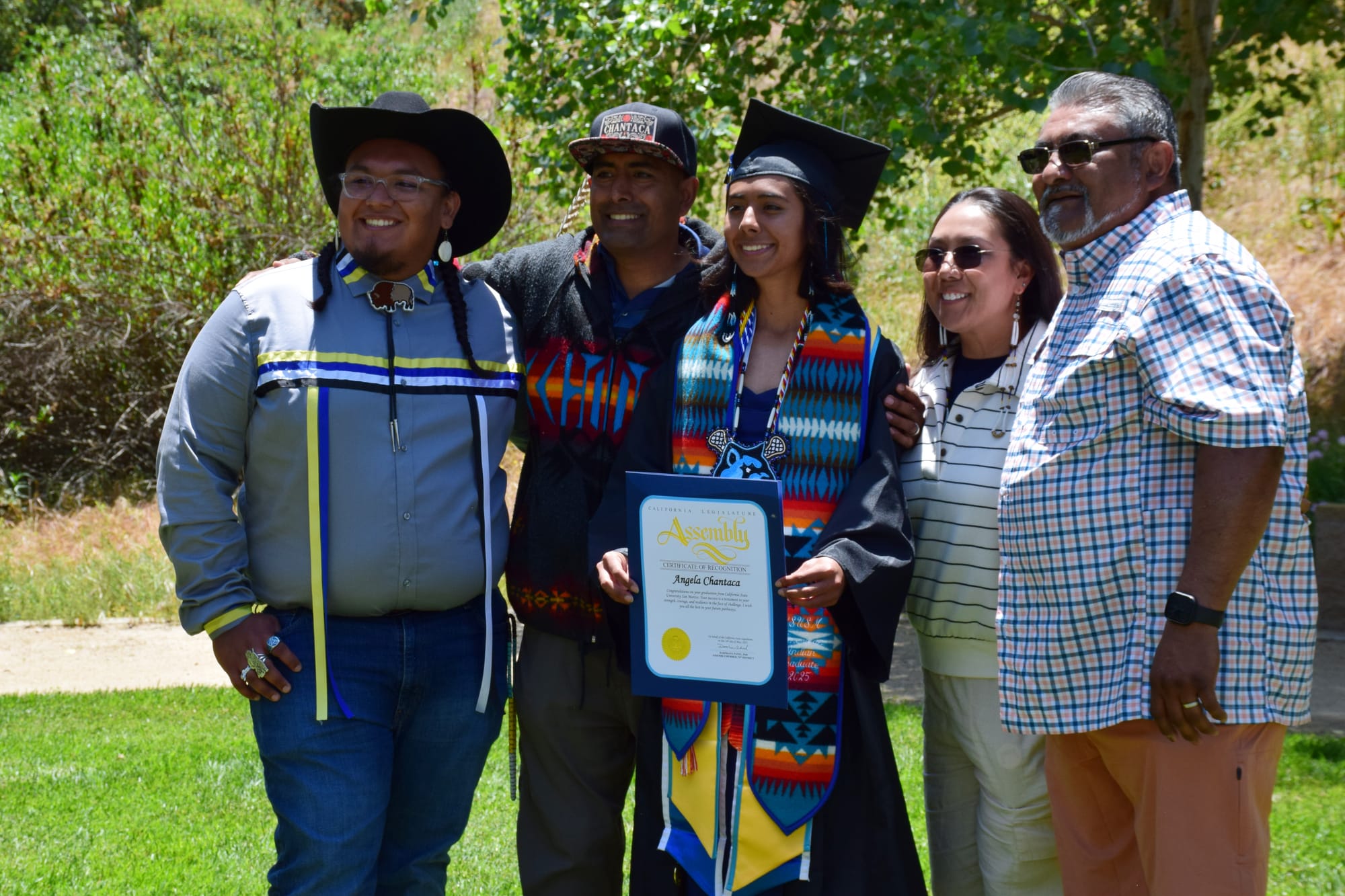
David Rivera, a first-year American Indian Studies major from the Mesa Grande Band of Mission Indians, said that while he struggled to make friends when he first stepped on campus, he eventually found his community with the American Indian Student Alliance. He’ll return this fall as the club’s new president.
“That's a really cool thing that I'm really grateful for, and I probably wouldn't be nearly as happy with the school if it wasn't for the center,” Rivera said.
Bringing tradition into graduation
As with many aspects of the American Indian Studies Department, the graduation ceremony in May was centered in Indigenous traditions, helping students to embrace many aspects of their personal journeys.
It opened with a traditional prayer from Blue Eagle Vigil of the Viejas Band of the Kumeyaay Indians and closed with bird songs performed by Vigil and Jamie LaBrake of the Sycuan Band of the Kumeyaay Nation.
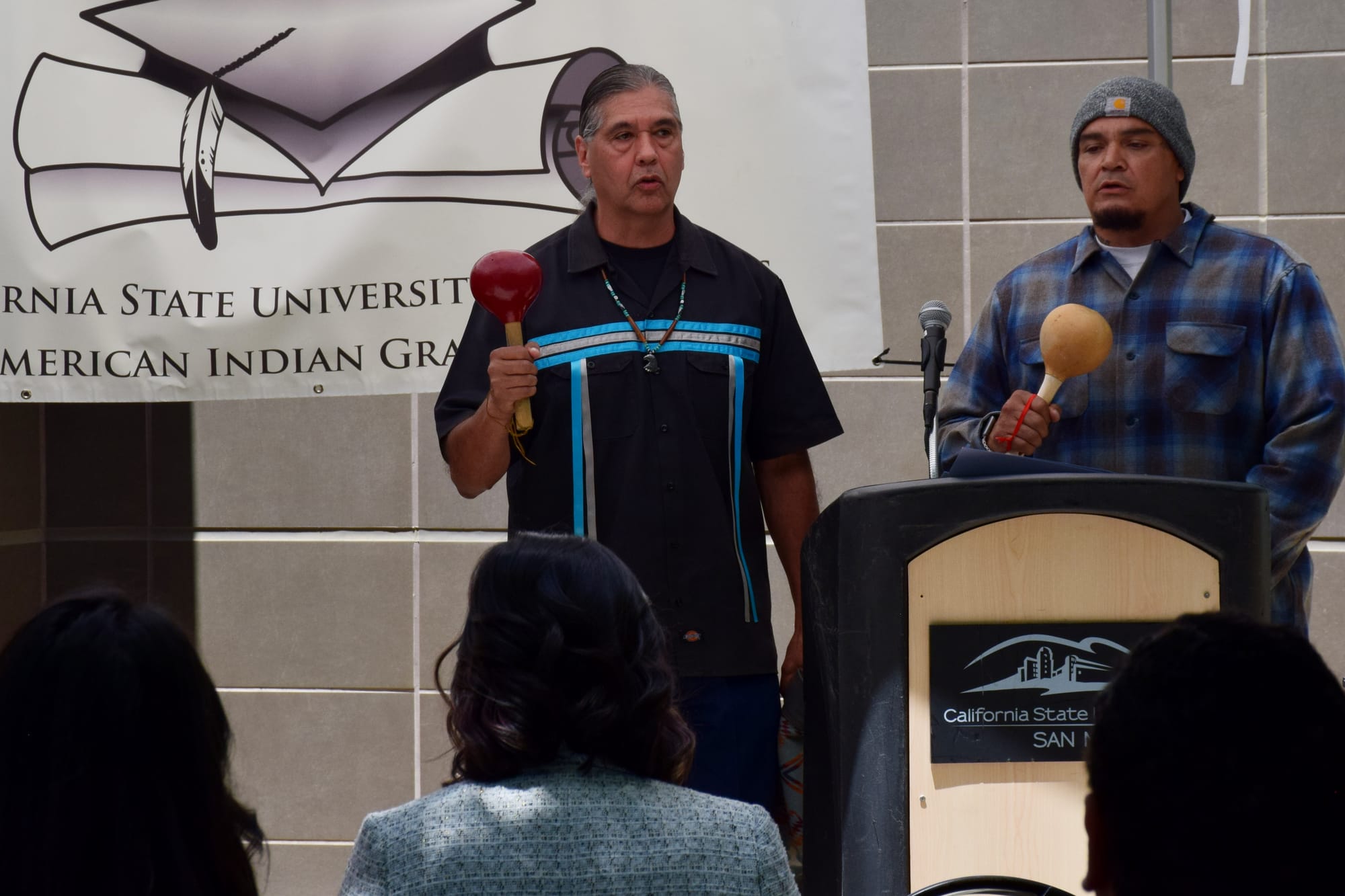
“It’s an honoring ceremony that's in the spirit of Native traditions — you have to earn the honoring,” Proudfit said. “Every student that is actively engaged in service, in research, in community engagement, their stoles are even more adorned so that people can see (their accomplishments).”
For many students, the day represented not just the end of a chapter, but a commitment to carry knowledge forward — into their tribal communities, future careers and the next generation of Indigenous leadership.
Flores, one of the graduates, plans to pursue a doctorate in education through a joint program with CSU San Marcos and UC San Diego, with a goal of becoming a professor in the future.
“I was always taught whatever you're taught, make sure that you give it back, because how are our teachings supposed to be continued if nobody's going around and teaching after you,” she said.
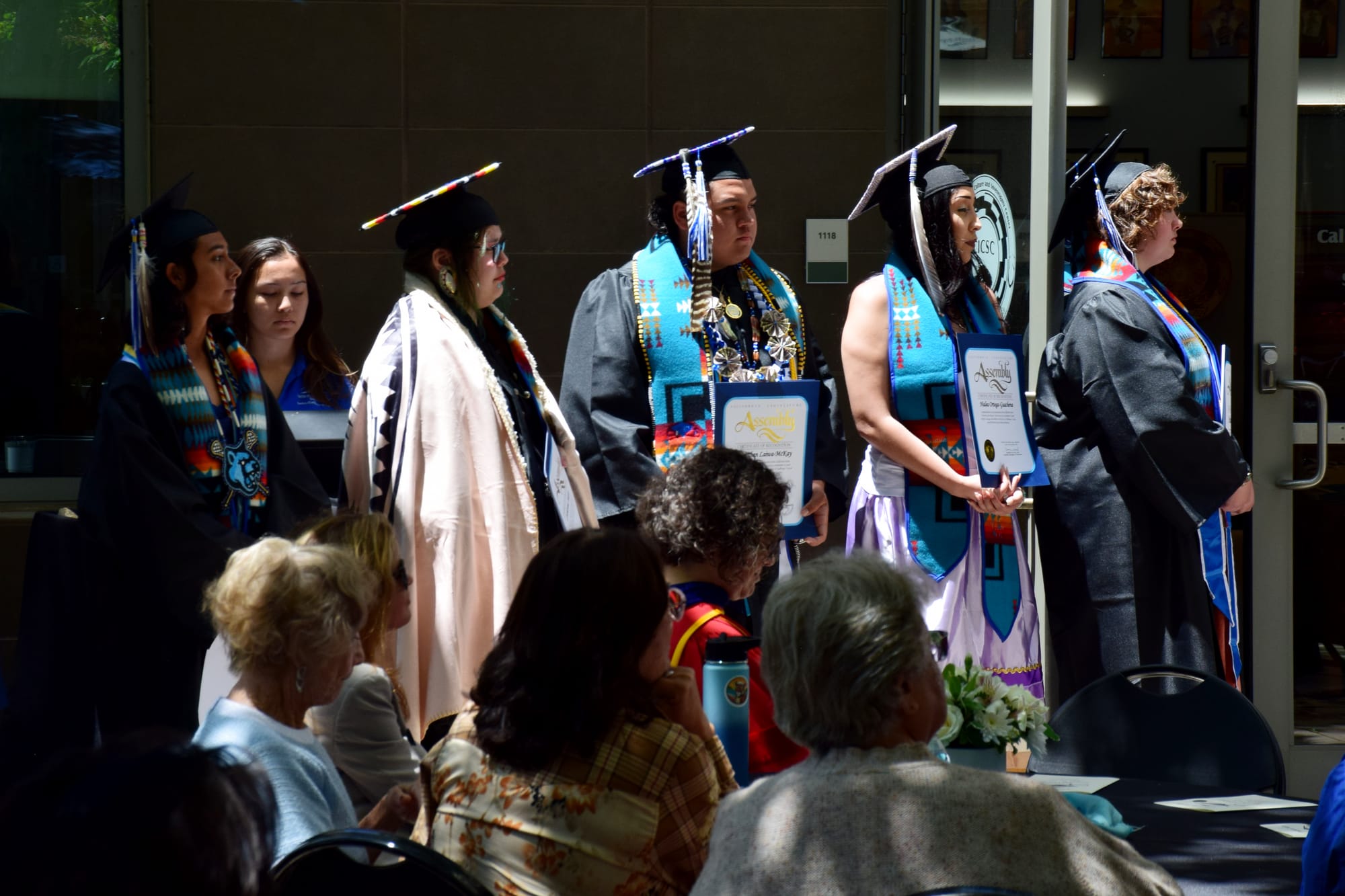
Updated on July 16, 2025 at 10:41 p.m. with a correction to the tribal status of Kiara Flores.
